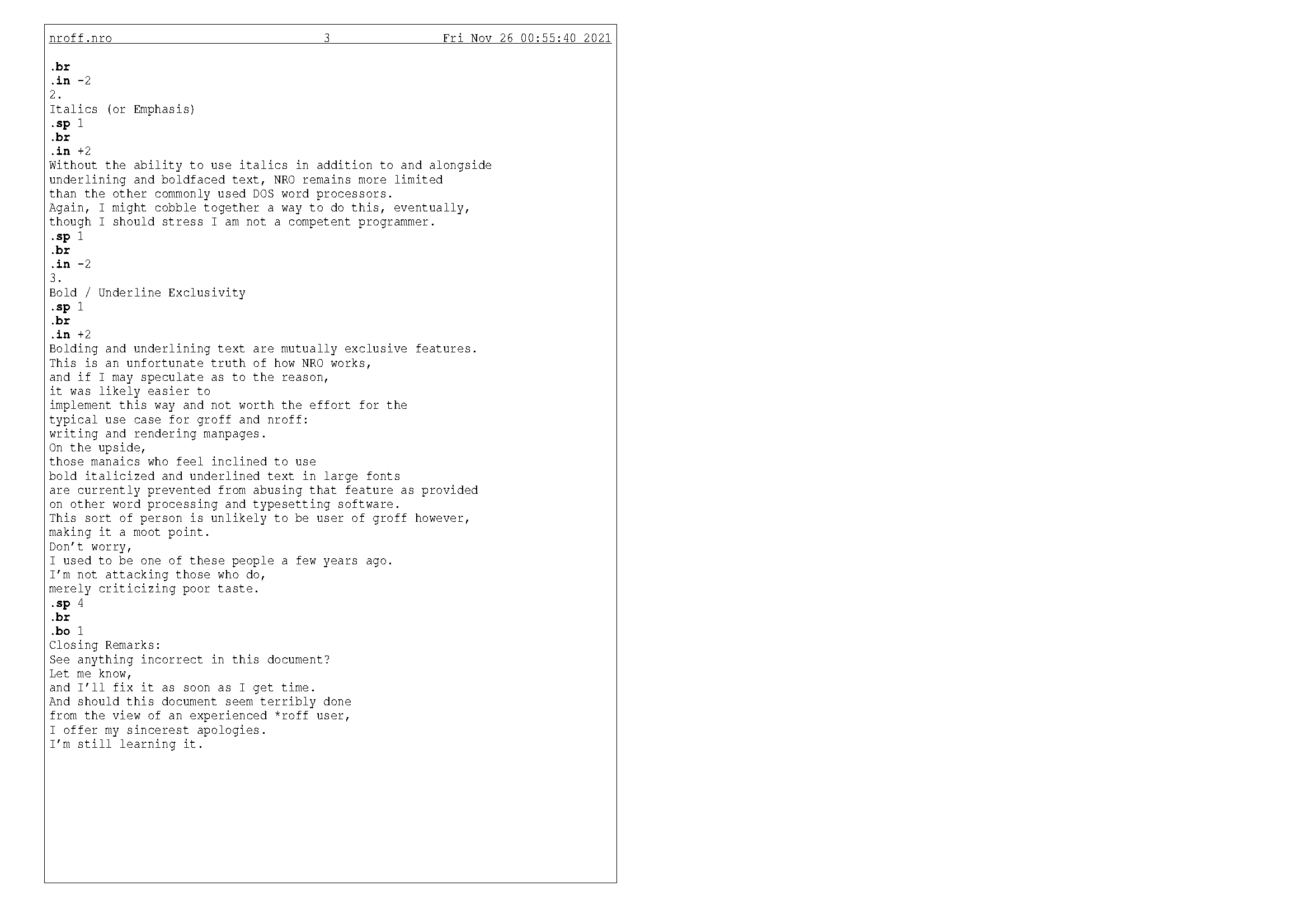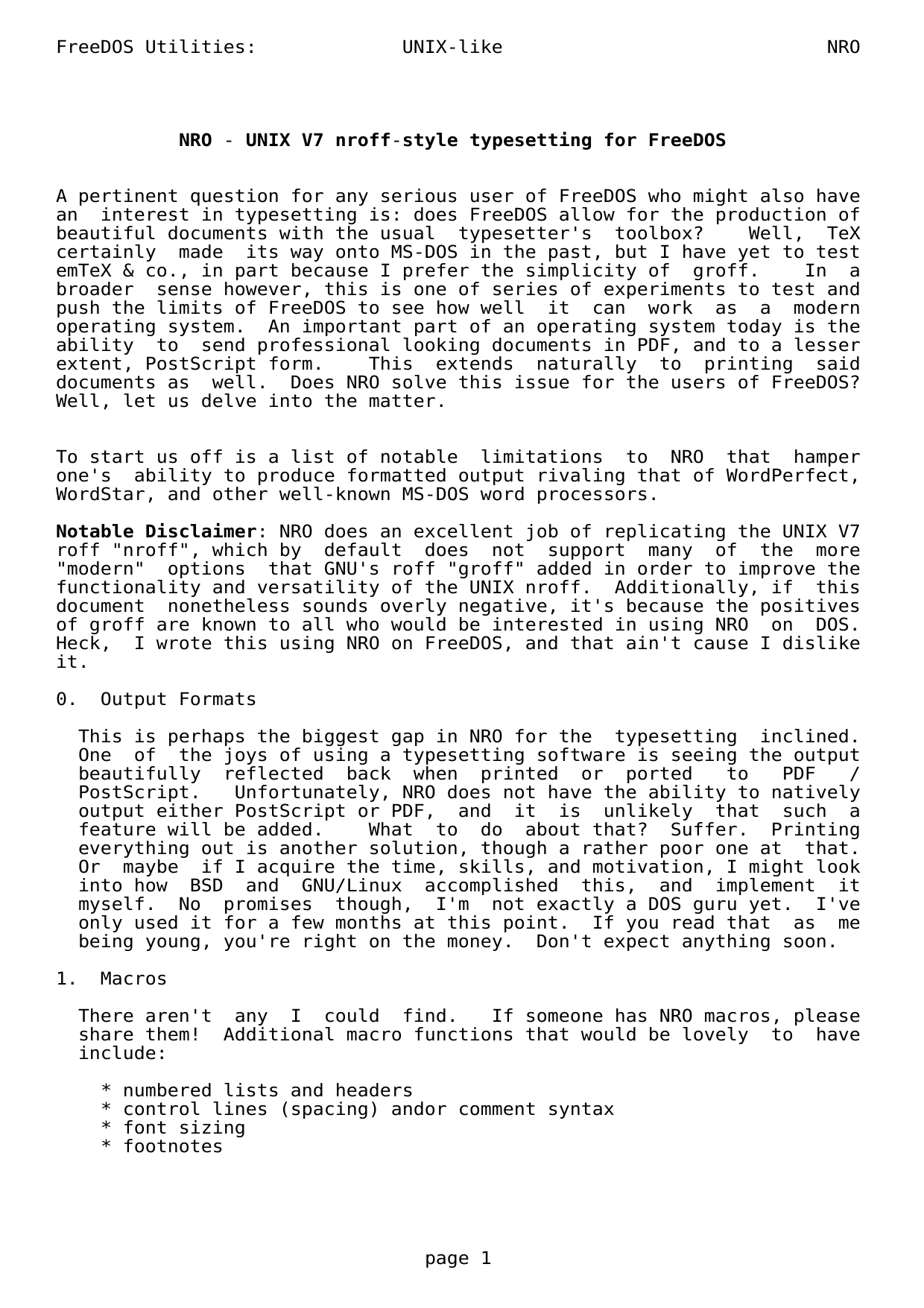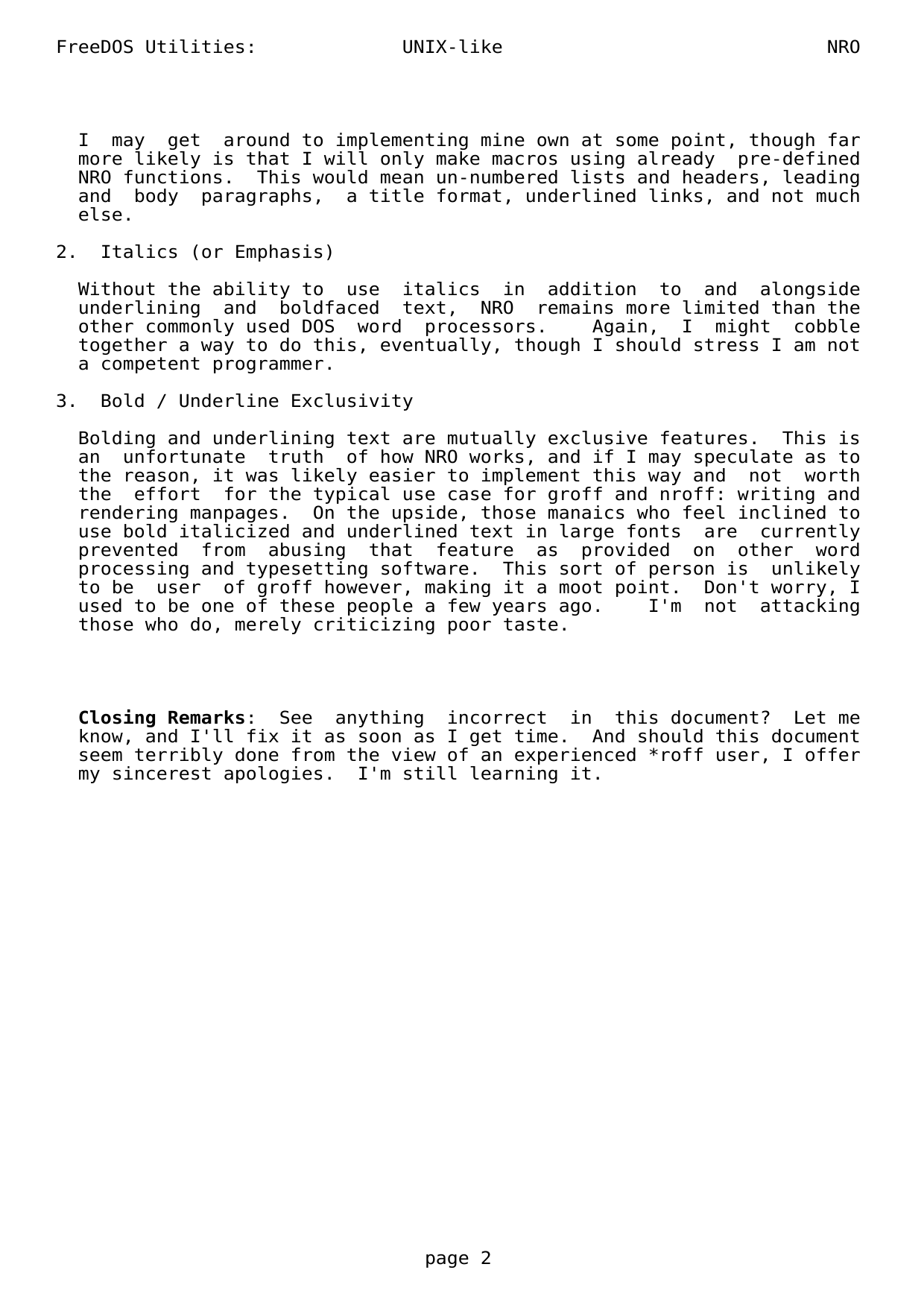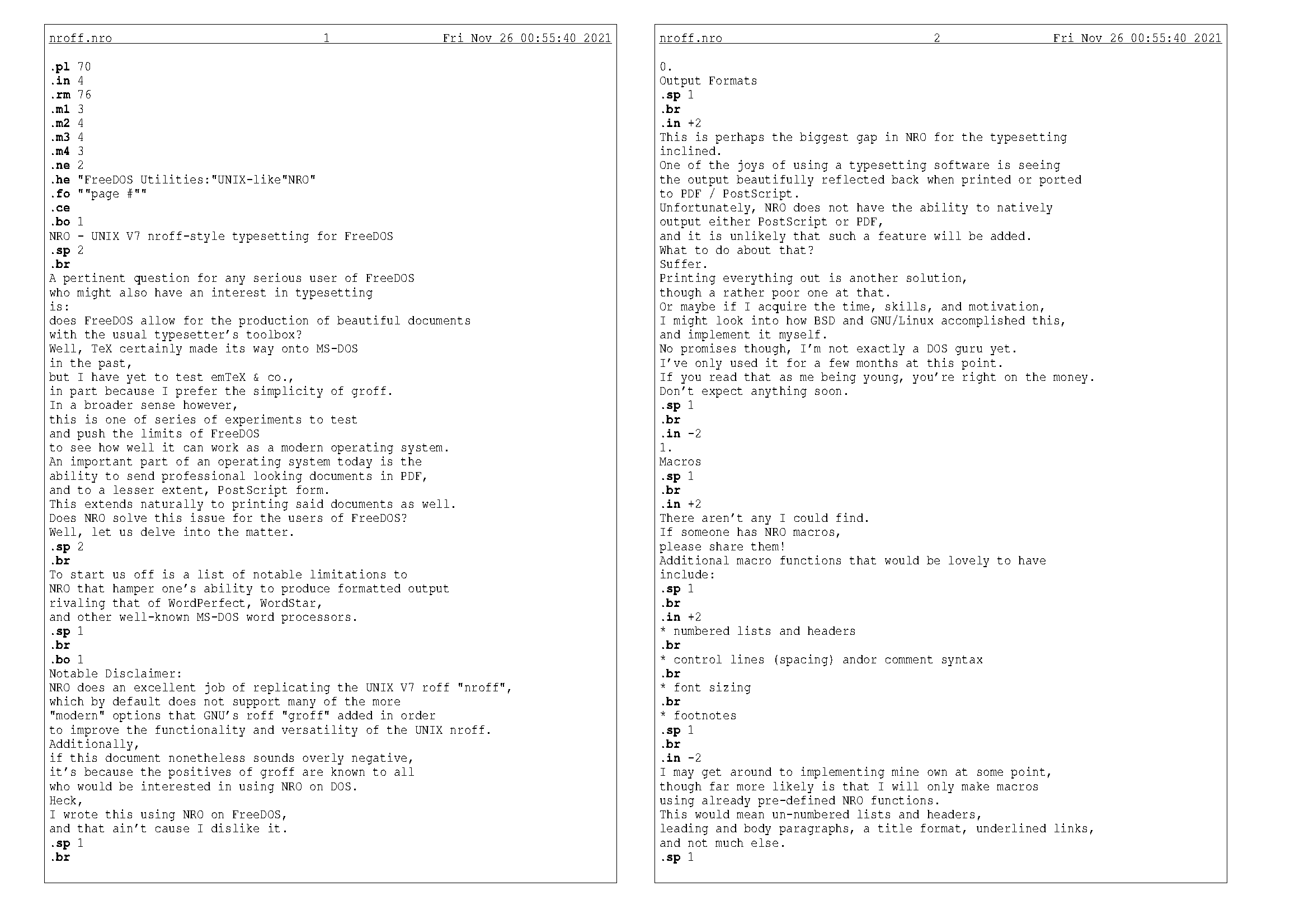Everything DOS
"DOS is a platform-independent acronym for disk operating system which later became a common shorthand for disk-based operating systems on IBM PC compatibles. DOS primarily consists of Microsoft's MS-DOS and a rebranded version under the name IBM PC DOS, both of which were introduced in 1981. Later compatible systems from other manufacturers include DR DOS (1988), ROM-DOS (1989), PTS-DOS (1993), and FreeDOS (1998)." -- taken from Wikipedia
(link: https://en.wikipedia.org/wiki/DOS)
Feel free to ask questions about software, videogames, and anything else DOS related! Curious but not sure where to start? Get a copy of FreeDOS (see link / about below) and set it up in a PC emulator like GNOME Boxes or Oracle's VirtualBox. Need help with that as well? Just ask!
(link: https://freedos.org/download/)
"FreeDOS is an open source DOS-compatible operating system that you can use to play classic DOS games, run legacy business software, or develop embedded systems. Any program that works on MS-DOS should also run on FreeDOS." -- FreeDOS YouTube Channel
(link: https://www.youtube.com/c/FreeDOSProject/about)
Related lemmys:
- https://lemmy.ml/c/retrogamers
- https://lemmy.ml/c/doom
- https://lemmy.ml/c/emulation
- https://lemmy.ml/c/cpm
Icon: Blinky, the FreeDOS fish mascot (designed by Bas Snabilie)
Icon Attribution: FreeDOS Project
(link: http://www.freedos.org/images/logos/fdfish-color-plain.svg)
Icon License: Creative Commons Attribution 2.5 Generic
(link: https://creativecommons.org/licenses/by/2.5/deed.en)
Banner: FreeDOS 1.1 screenshot
(link: https://en.wikipedia.org/wiki/File:FreeDOS_1.1_screenshot.png)
Banner license: GNU General Public License, version 2
(link: https://www.gnu.org/licenses/old-licenses/gpl-2.0.html)




